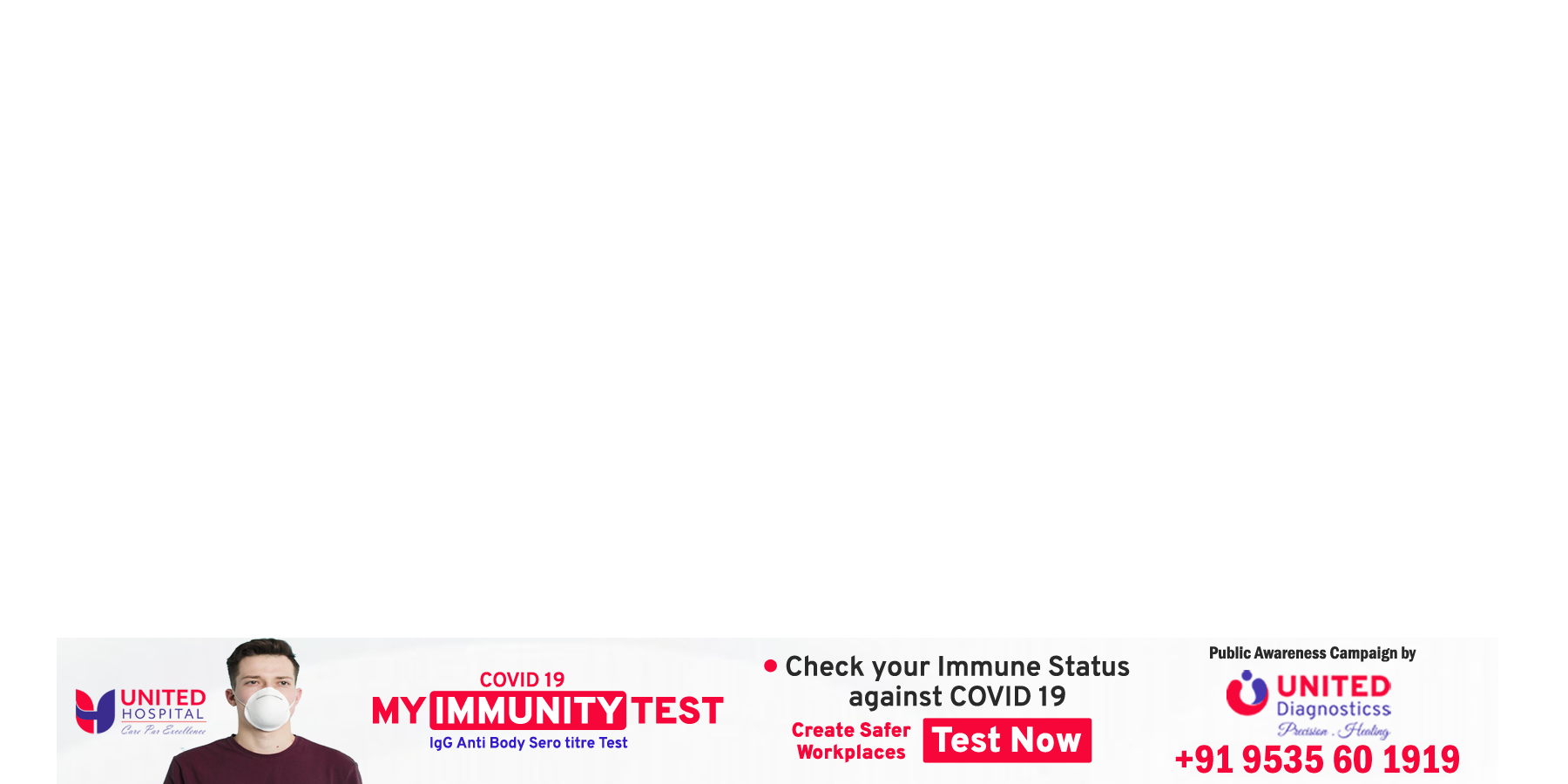-
As the second wave of COVID-19 turns worse, Indian medical experts are battling to control the surge in numbers. There is a shortfall of beds (capacity to admit) of hospitals, the patient to doctor/nurse ratio is badly skewed and not all can go to the hospital.
-
Under such dire circumstances, if you suspect that you have COVID-19, requisite tests are also difficult to come by. Some places there are not enough personnel to carry out tests, at others, there are no home collection staff to fetch samples of people who cannot travel.
-
When things are in such a state of flux, find yourself a doctor who will do e-consultation or can speak to you on phone. Take medical advice. Here’s a chart of what you must do to ensure that you are safe.
If you suspect you have COVID-19:
DOs
-
Isolate yourself immediately to a separate room with an attached washroom and loo
-
Get an RT-PCR test done.
-
Meanwhile, stay at home. Most people with COVID-19 have mild illness and can recover at home without hospitalisation. Stay in touch with your doctor
-
Keep track of your symptoms. If you have an emergency warning sign (including trouble breathing) call your doctor or go to a hospital immediately
-
Wear a good quality mask – surgical+cloth in a snug fit, covering your nose, mouth, and chin. N-95 is better than most other masks.
-
Cover your coughs and sneezes
-
Wash hands with soap and water or sanitise, often
-
Stay hydrated, get rest, and eat simple non-spicy, easy-to-digest food
-
Monitor your SPO2 levels with a pulse oximeter and stay in touch with a doctor for advice if Oxygen level begins dropping below 95 per cent
-
Lie down in proning position. Breathing is easier and lungs work more efficiently when you lie down on your stomach. when you
DON’Ts
-
Do not share any toiletries, food, utensils with others
-
Avoid public transportation, ride-sharing, or taxis
-
Do not leave your home, except to get medical care.
-
Do not visit public areas.
-
Do not self-prescribe steroids, remdesivir etc.
If you have tested positive for COVID-19:
DOs:
-
Get an RT-PCR test done, take your doctor’s appointment and advice
-
Stay at home
-
Monitor your symptoms carefully. If you feel symptoms are worsening, call your doctor
-
Inform all those who have been in contact with you, immediately
-
Isolate yourself to a separate room with an attached bath and loo
-
Get rest, eat nutritious food, stay hydrated
-
Practice regular COVID-appropriate behaviour: Mask+Sanitise+Was h hands+Social distancing+No closed and/or crowded places
-
Clean all surfaces that are touched often, such as counters, phones, remote controls, tabletops, doorknobs, bathroom fixtures, toilets, keyboards, tablets, and bedside tables etc with sanitising or prescribed cleaning liquid by following all safety instructions.
-
Monitor your SPO2 levels with a pulse oximeter and stay in touch with a doctor for advice if Oxygen level begins dropping below 95 per cent
-
Lie down in proning position. Breathing is easier and lungs work more efficiently when you lie down on your stomach.
-
Cover your mouth and nose with a tissue when you cough or sneeze.
-
Throw away used tissues in a lined trash can.
-
Immediately wash your hands with soap and water for at least 20 seconds.
-
If soap and water are not available, clean your hands with a standard quality alcohol-based hand sanitiser
DON’TS:
-
Avoid sharing personal items with other people in the household, such as dishes, towels, bedding, food, toiletries, etc.
-
Do not self-prescribe steroids, Remdesivir etc.
-
Do not go to public places such as office, school, theatre, restaurant, etc
-
Avoid public transportation, ride-sharing, or taxis
-
Do not leave your home, except to get medical care.
When can I end isolation?
If you had suspected you had COVID:
-
If you suspected COVID, but not confirmed:
-
10 days since symptoms first appeared and
-
24 hours with no fever without paracetamols
-
Other symptoms of COVID-19 are improving*
-
*Remember, it may take weeks for a sense of taste and smell to return, that is no obstruction to ending isolation
If you had tested positive for COVID:
-
If you continue to have no symptoms, you can end isolation after 10 days have passed since you had tested positive for COVID-19.
-
If your healthcare provider recommends testing, you must get that done before ending isolation.















